Podcast: Play in new window | Download
Subscribe: Apple Podcasts | Spotify | RSS
Produced by Ken Fuller, Wayne Hall and Jeffrey Crecelius
Mark and I spent a very enjoyable week listening to CTTE and Relayer – and why not? In time honoured fashion we have recorded our thoughts independently and then we meet up to criticise each other’s ideas. Not really. We do, however, indulge in the futile but nevertheless enjoyable process of ranking the albums against each other and coming out with a winner. Will you agree with our assessments? The sense of anticipation could be cut with a proverbial hacksaw.
- Is it possible to rank these albums after listening to them?
- Why would anyone want to?
- Go on then, which one is better?
Take a listen to the episode and then let us know what you think below!
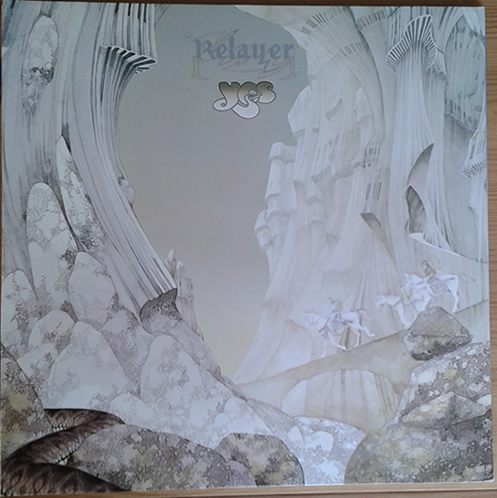
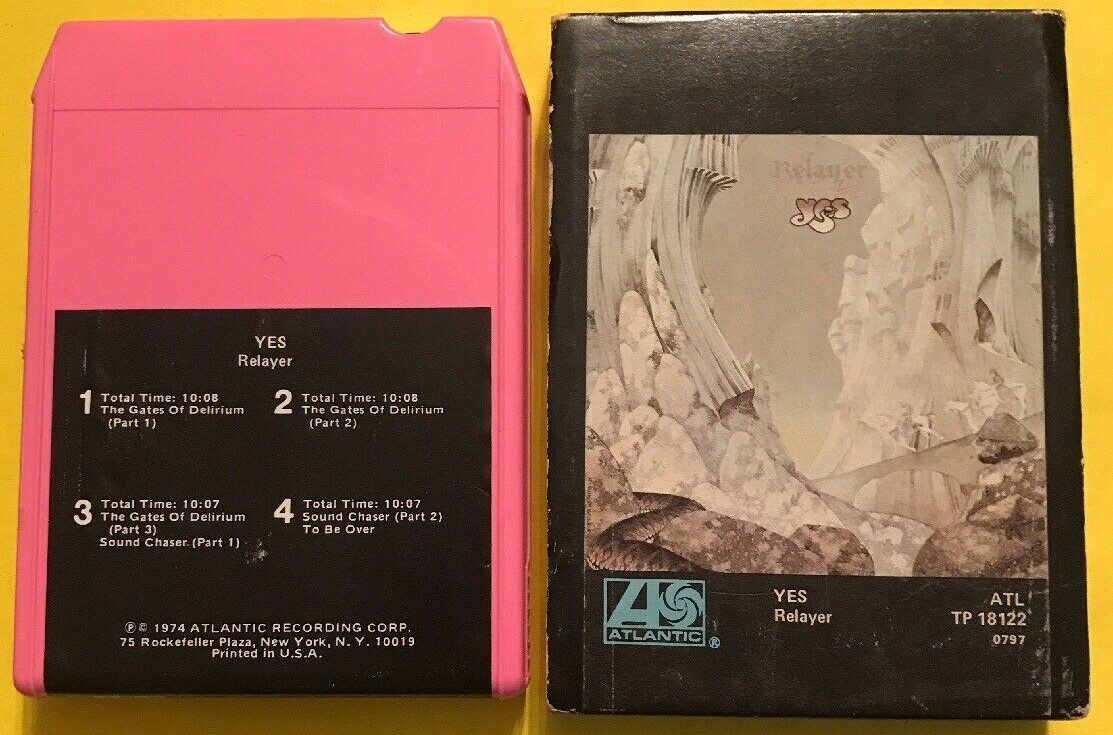
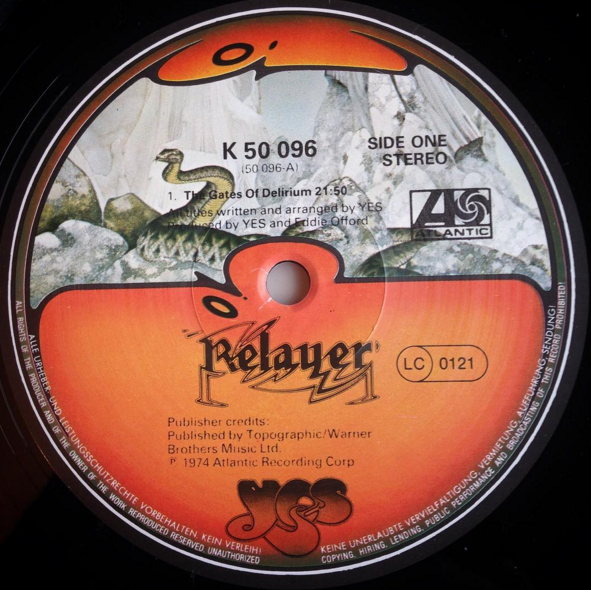
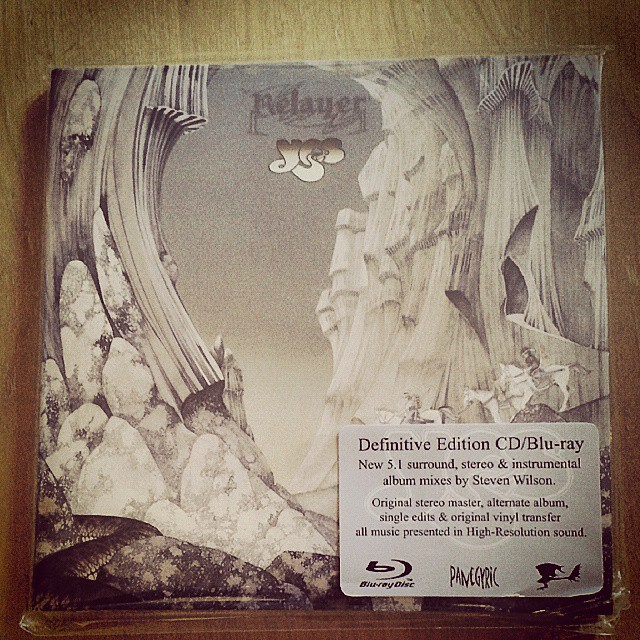
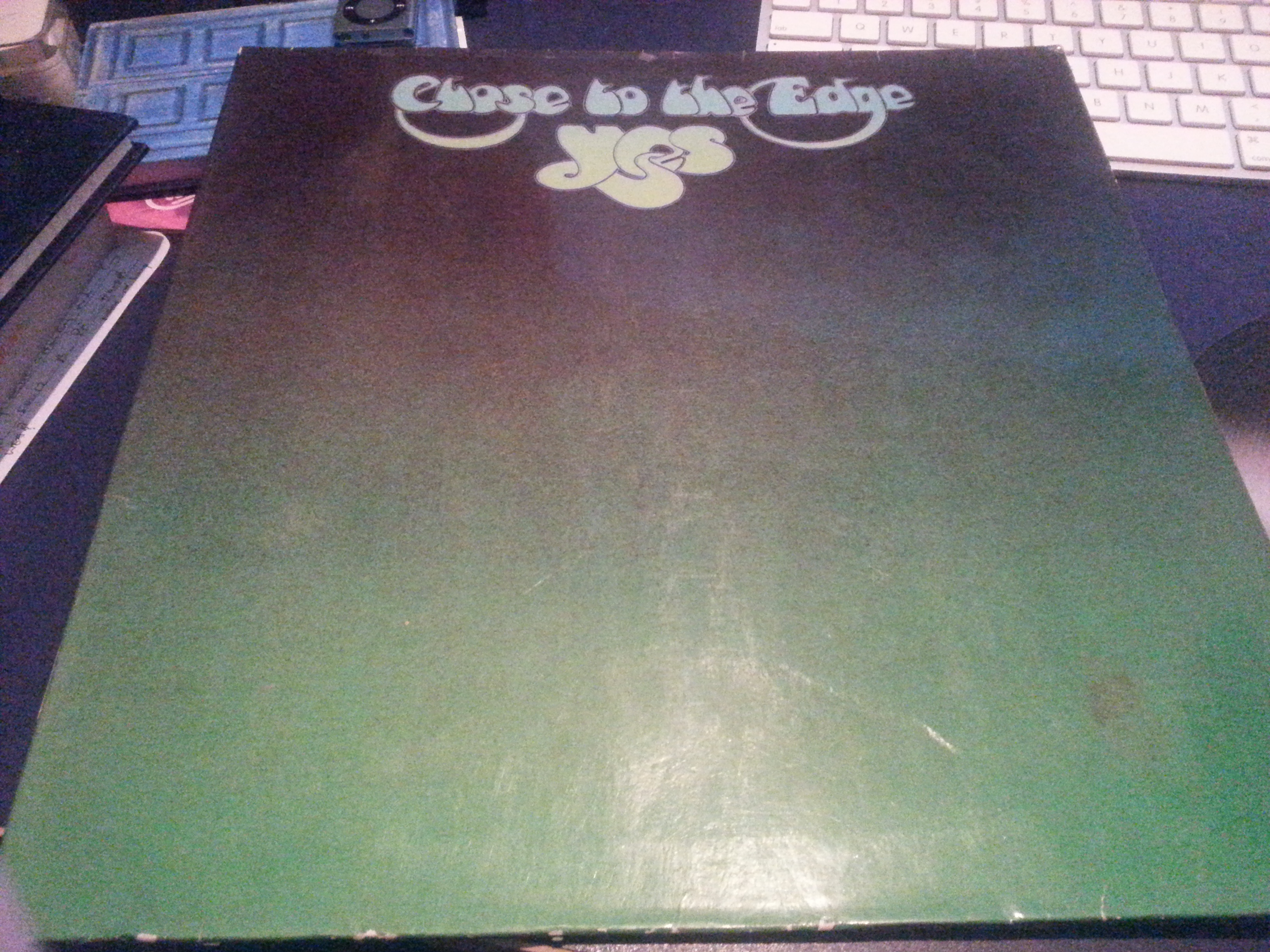

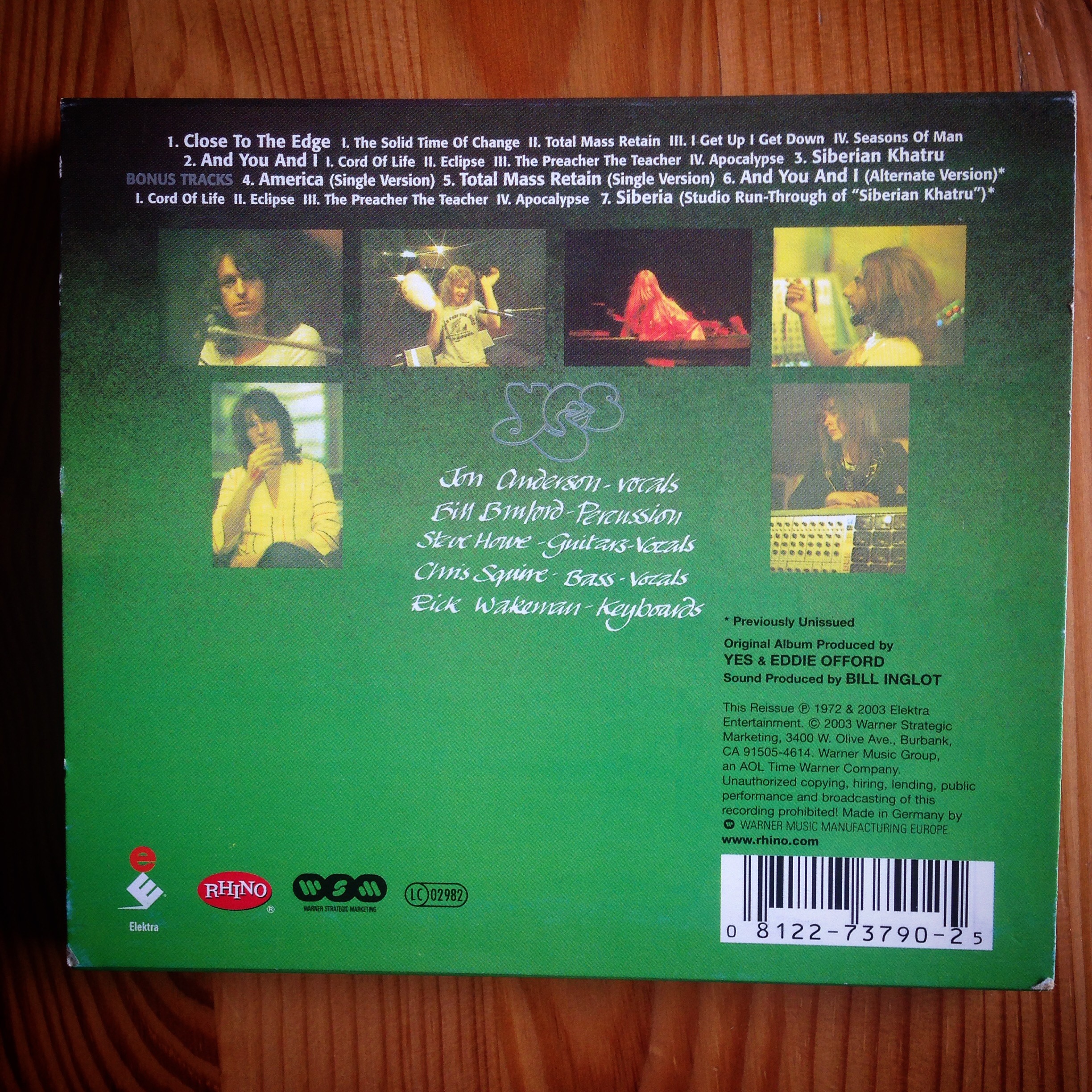
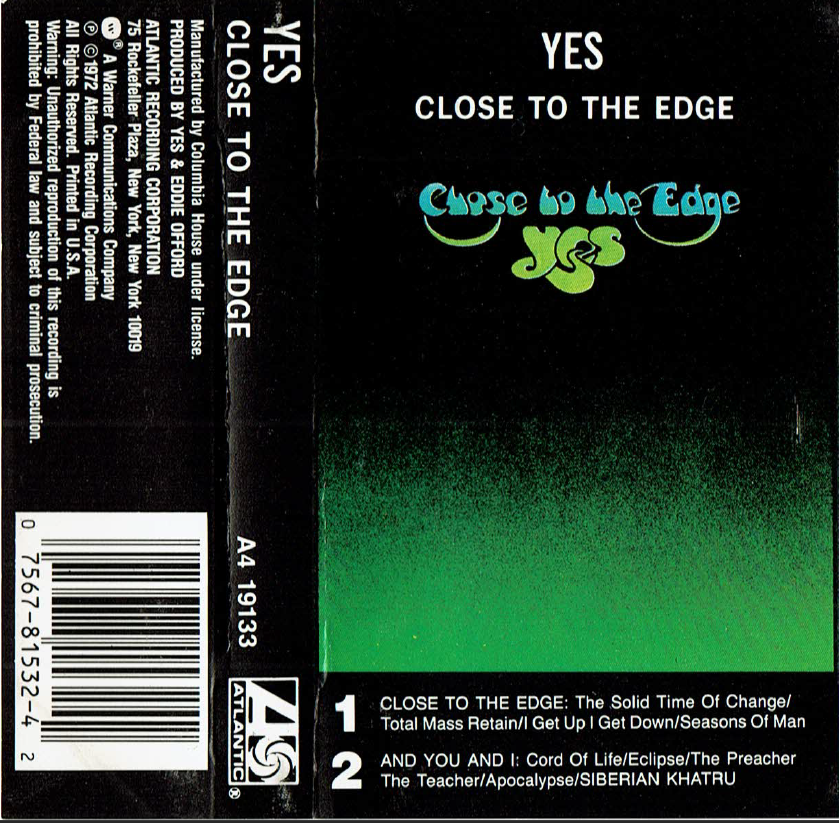
Facebook has just changed how pages work which means that I’ve had to establish a new place for us to post and discuss Yes-related happenings. It’s a new group entitled, rather creatively, YMP Discussion Group. For the moment it’s open to anyone to join but I’ll be adding rules and joining requirements when I have time. One of the advantages of the new format is that all members of the group have the same ability to post content, so it’s a bit more egalitarian, or somesuch. Please do search for the group and join in.
https://www.facebook.com/groups/3216603008606331/
If you haven’t already done so, please sign up at tormatobook.com to the email newsletter. PRESALE IS UNDERWAY (for subscribers only)! If you sign up now, for free, you can have access to the newsletters you’ve missed. It really helps to know people are looking forward to reading the culmination of my decades of Tormato obsession.
YMP Patrons:
Producers:
- Ken Fuller
- Jeffrey Crecelius and
- Wayne Hall
Patrons:
| Aaron Steelman | Dave Owen | Mark James Lang | Paul Tomei |
| Joost Maglev | David Heyden | Paul Wilson | Martin Kjellberg |
| Bob Martilotta | Lind | Michael O’Connor | William Hayes |
| Brian Sullivan | David Pannell | Lobate Scarp | Miguel Falcão |
| Chris Bandini | David Watkinson | Neal Kaforey | Rachel Hadaway |
| Craig Estenes | Dem | Mark ‘Zarkol’ Baggs | Paul Hailes |
| Doug Curran | Robert Nasir | Fergus Cubbage | Scott Colombo |
| Fred Barringer | David | Geoff Bailie | Simon Barrow |
| Geoffrey Mason | Stephen Lambe | Guy R DeRome | Steve Dill |
| Henrik Antonsson | Steve Perry | Hogne Bø Pettersen | Steve Rode |
| Declan Logue | Steve Scott | Todd Dudley | Jim |
| Jamie McQuinn | Steven Roehr | John Parry | Keith Hoisington |
| Alan Begg | Terence Sadler | John Holden | Barry Gorsky |
| Michael Handerhan | Tim Stannard | Joseph Cottrell | John Thomson |
| John Cowan | Tony Handley | Robert |
Please follow/subscribe!
If you are still listening to the podcast on the website, please consider subscribing so you don’t risk missing anything:


Theme music
The music I use is the last movement of Stravinsky’s Firebird Suite. This has been used as introduction music at many Yes concerts. My theme music is not take from a live concert – I put it together from: archive.org
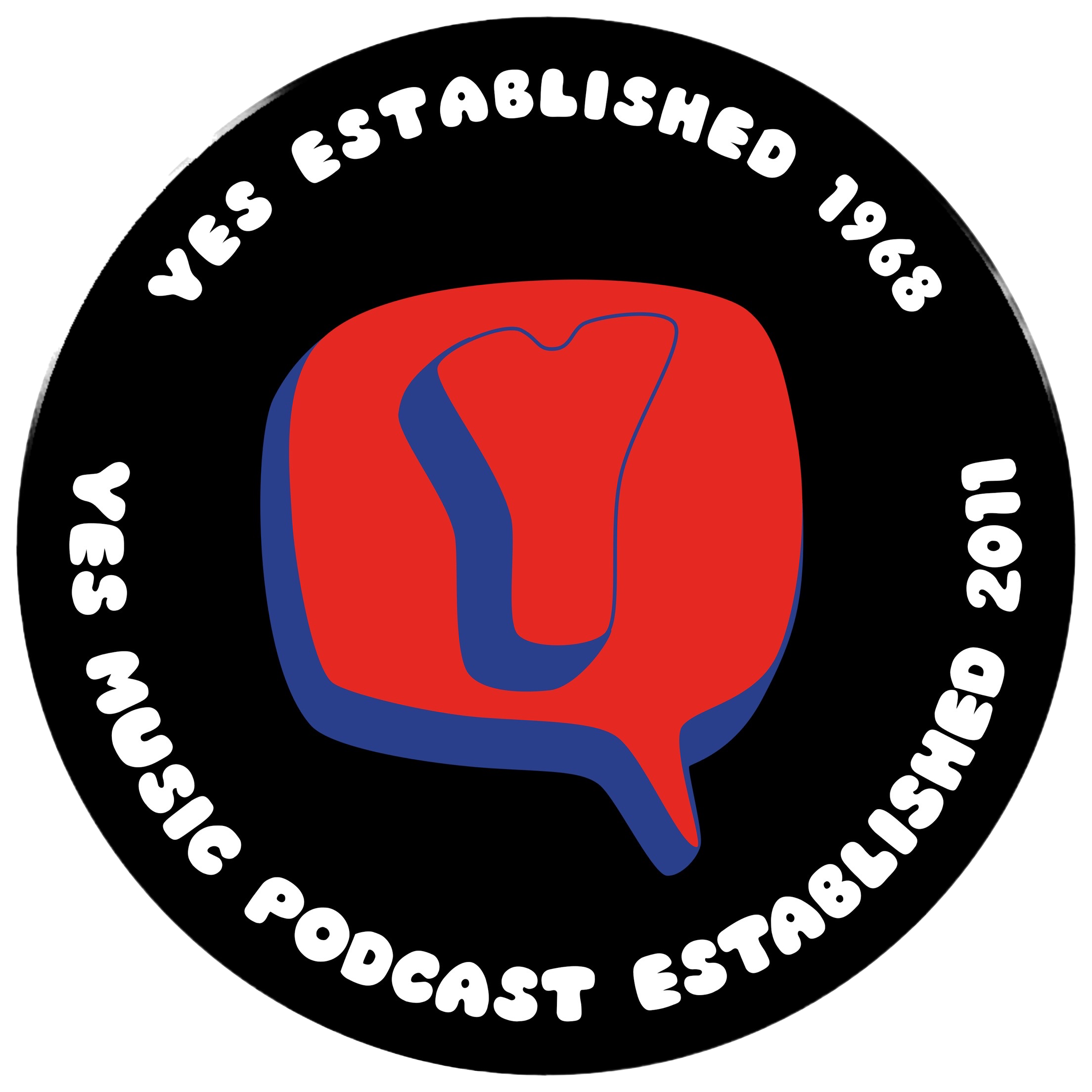
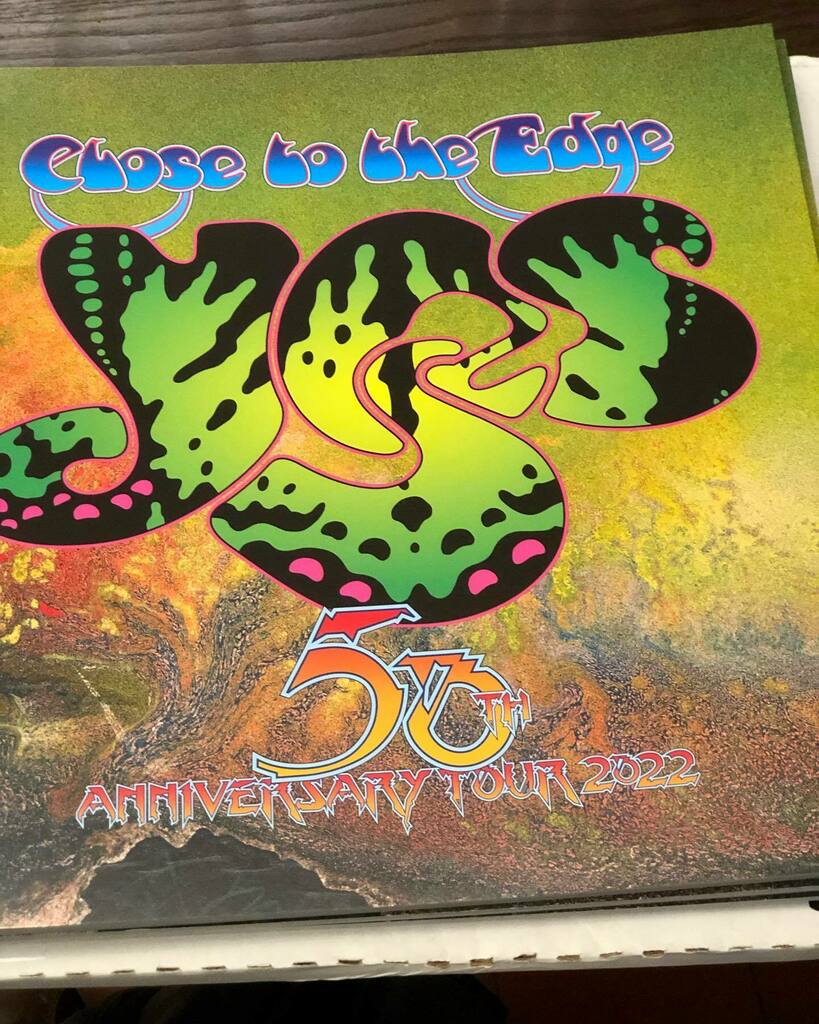
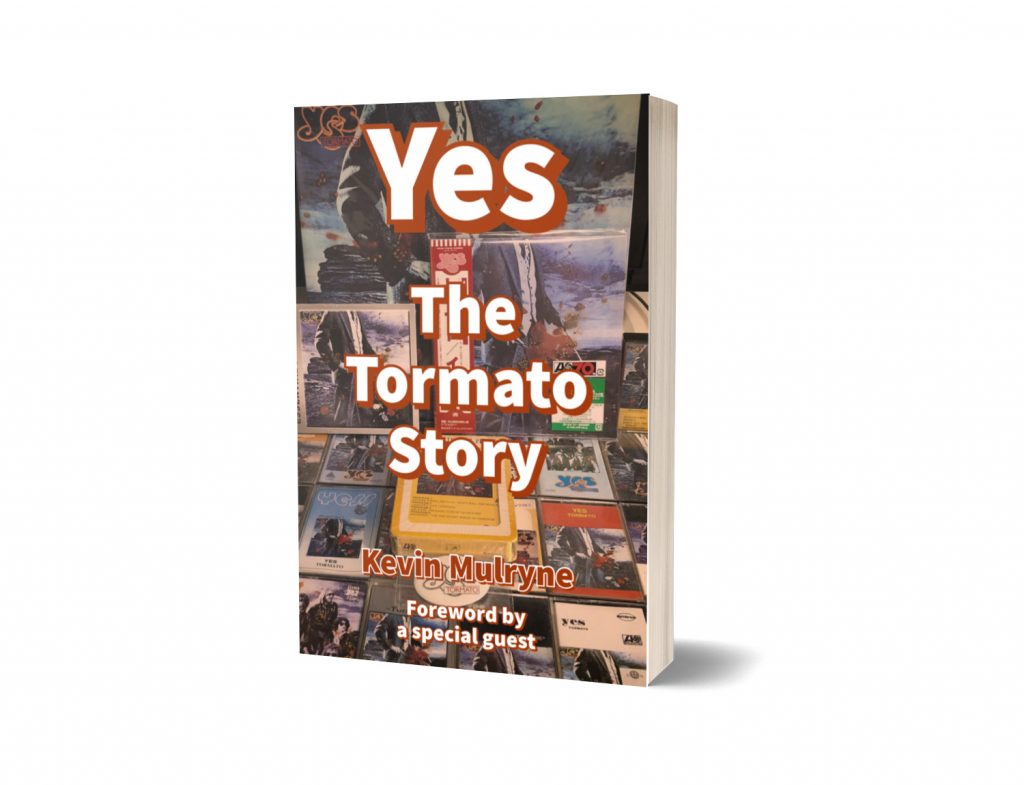
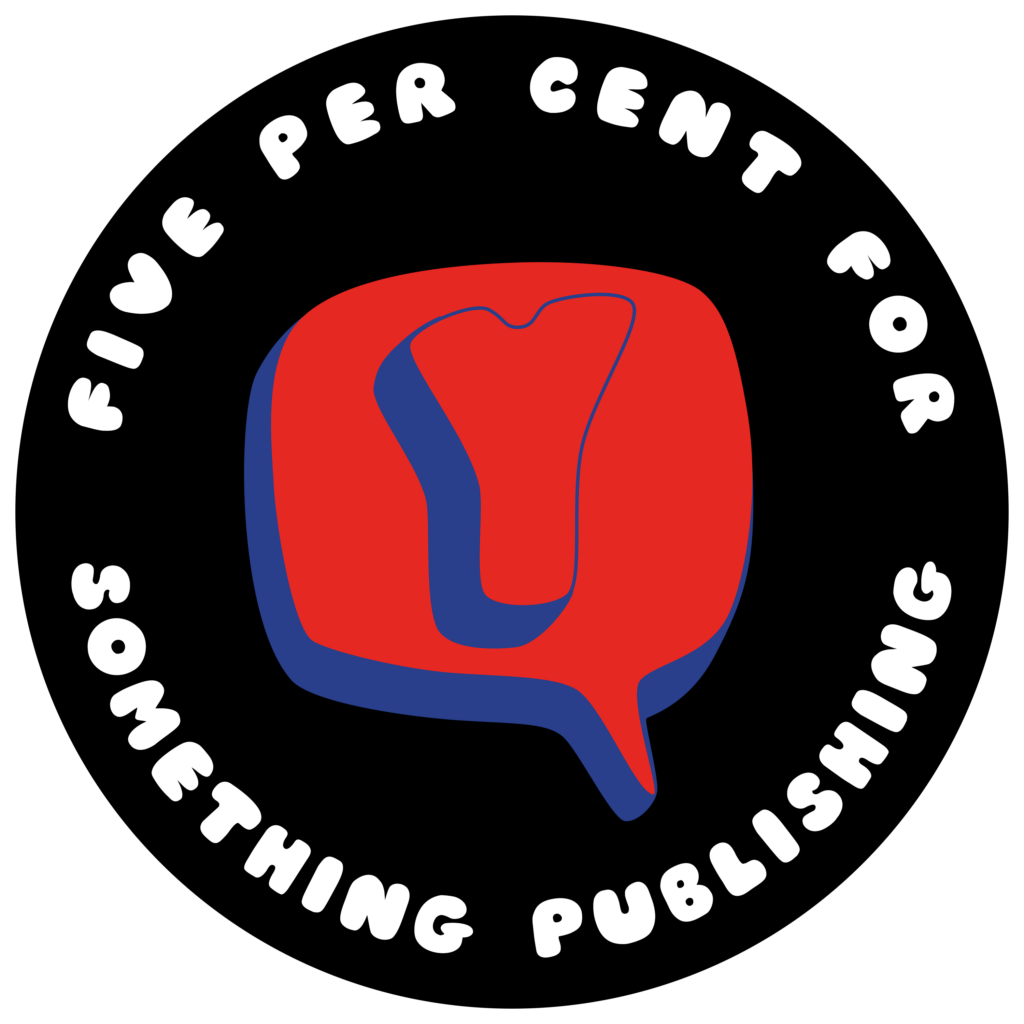
6 replies on “The epic album battle – Close To The Edge vs. Relayer – Part 2 – 561”
Delightful episode! I especially liked Mark’s comments about Yes always wanting to move forward – making progress, shall we say, in true progressive fashion. As to Patrick Moraz being comfortable working on short songs, I look forward to an episode about the best Yes songs under 4 minutes. White Car, anyone?
No eggs need to be thrown, Mark! All opinions are valid. While there are many similarities between CTTE & Relayer, to me they are apples & oranges-different but both great. Both all-time classics by Yes, perfect albums musically by different lineups. I agree with Mark that Relayer is a better visual package, from front to the inside photo, poem & graphics to the back, and don’t forget the labels on the records. Keep in mind that Roger expected his CTTE painting to be the cover, he told me, so he also is & was disappointed with the bland green cover, as Mark & may others were & still are.
I’m old enough have to heard both albums upon release & bought the vinyl albums. I love jazz fusion, even being a radio dj at a 24 hour jazz station, in addition to rock stations in the 70s & 80s. My all-time favorite moment on air is playing Sound Chaser on the jazz station without an intro, and fielding many calls from listeners asking “What the fuck was that?!” and “Holy shit, who was that!,” and me answering “the new Mahavishnu,” then on air confessing it’s Yes to more stunned responses-and having the music director call me & tell me not to play Yes ever again on a jazz station! Those were the days!
CTTE still remains my favorite of the Yes studio albums, so as much as I love Relayer it gets the nod from me after almost 50 years. I’ve seen the CTTE songs performed on many tours since ’75, including just weeks ago in Indiana again, but I never tire of those 3 songs, often with different members bringing their own contributions over the years. But here’s hoping I get to see Relayer performed again in concert next year after all these years. If I can get to at least 1 of those gigs I can die a happy man, going full circle with Yes from the ’75 concerts.
“Close To The Edge vs. Relayer” (HA HA HA HA HA, yeah, right!)
This is the Prog equivalent of a fistfight between James T. Kirk and Jean-Luc Picard… which, strangely enough, hearkens back to how I first became aware of Yes (a story for another time, or, no other time… who cares?)
CTTE seems to me to be a natural progression “onward” from Fragile, and then Tales is just a mutation on from that (“an album with only three songs? How about a DOUBLE album with four songs!”)
And then: “Hi, I’m Patrick, and I’m taking over this band!”
While Picard (CTTE) is trying to explain and diplomatically talk you out of a potentially violent situation, Kirk (Relayer) shows up and sonically and mentally BEATS YOU INTO SUBMISSION.
CTTE will always be a hallmark of progressive innovation, but Relayer beats it in every way you can think in terms of sheer musical, compositional and in-your-faceness audacity.
I’ve mentioned before that, while Tales is always my favorite Yes album, I’ve played Relayer more often (does that make any sense? Who cares!) Just because of the relentlessly bombastic and experimental nature of the beast.
As a (somewhat former) drummer, the opening of Sound Chaser is, IMHO, the most amazing display of percussionistic ability ever committed to tape.
And, speaking of ‘tape’ – neither of these two albums would ever have reached the level of respect they have individually achieved were it not for Eddie Offord’s status as Master Tape Splicer Of The Known Universe. (Really? Don’t believe me? Listen to the performance of Yours Is No Disgrace in Knoxville, TN from Progeny that Eddie edited into the PERFECT version on Yessongs!).
I can’t go into “production quality, etc etc etc, and all that” except to say that the album artwork of Relayer PERFECTLY matches the musical content therein.
And, hey, MARK: you are absolutely correct about Alan’s interpretation of everything on CTTE being superior to Doctor Bruford’s: I suppose this is why I prefer the versions of those songs on Yessongs above the original album tracks.
This one was fun, guys!
Onward…
I really enjoyed this episode. Actually I really enjoy them most weeks. I agree with Mark that it is our own opinions which make these discussions all the richer.
It was interesting to listen to the breakdown of the various facets of these two albums. I won’t follow the same scoring method but touch on some of the points raised.
In terms of musicianship they are both top grade but I think Relayer is the start of Howe’s rather too jangly style. Having said that, most of his playing is sublime, I think it is more down to the production, I prefer the sound of CTTE.
The eponymous song to that album is what turned me on to bass guitar but that whole piece is an experience. While Gates is also just that it can be a bit tiring in the frantic sections albeit exciting. There are no weak songs on Relayer, even the softer “To Be Over” beautiful and a perfect way to ease the tension after Gates and the magnificent “Sound Chaser” where the band plays out of its skin. Siberian Khatru however is the weak spot of CTTE and in my opinion is dominated by Howe’s overdone riffs.
The cover debate I’ve already had with Mark many years ago. I think CTTE has a great cover including the classic Dean font and the lovely gatefold inside, not to speak of the inner sleeve with lyrics. That of Relayer is interesting though I have to take issue with your description. Mine is not grey. It is muted but the snake and the foreground rocks have tones of yellow brown and mauve on my original 1974 copy.
I know it is having some fun and it has been fun to discuss these two great albums. Obviously as we all know, Relayer would never have happened without CTTE and TFTO so it has to be taken into context. I would sum it up by saying that (I must hold up my hands here and admit to those who don’t know me, I’d no longer pay to see Yes who is a shadow of its massive former self) a choice between being at a concert of the original band doing these two albums, Relayer wins hands down, it is almost perfect.
That’s a great jazz station story, Doug! I agree that CTTE and Relayer are significantly different musical propositions, and therefore not really comparable, though it’s always interesting to try! Along with the opening of ‘Close to the Edge’ and the third side of Tales, Relayer pushes as far out as Yes were ever willing and able to go, sonically. ‘Awaken’ is a fitting point of arrival in terms of the grandeur of the classic era, but for me Relayer marked the apex and endpoint of their progressive trajectory. The band has always been always fascinating and ever-changing, but were never truly progressive again (as in, shifting the language of music in decisively fresh directions) after Relayer – though they had their outlandish moments (as on Tormato, curiously).That’s an observation, not a criticism, by the way. There are many and varied pathways in music.
For a Yes fan, it’s easy to become rhapsodic (long-winded!) about the magnificent “Close to the Edge” and “Relayer”! This week, what particularly stood out to me were track placement, song endings, and one contribution of each keyboard player.
Track placement is great on both albums, where AY&I highlights the center of “CttE,” and TBO perfectly concludes “Relayer.” On album tours, Yes flipped the order of the other two numbers to begin with the shorter powerhouses. Interestingly, Alan White said Sound Chaser proved too great a risk as concert opener and was eventually dropped as such. Since everyone was nervous at the beginning, he said, controlling the wild tempo was too difficult. One person would “take off” and everyone else would struggle to keep up!
On the CttE track, the “nature sounds” as bookends seem just right. I love the simplicity of the AY&I conclusion, too. (Sorry, SK, not a fan of the closing “fade.”) It’s fortunate that by the time of “Fragile,” Rick had already introduced Yes to the classical concept of recapitulation in ways large and small which helped them tie everything together. If I were to vote simply on the quantity of beautiful melodies, CttE as an album would win.
By “Relayer,” the band had further advanced its ability of “how to end” songs, giving that album additional strength and a superior finale. Perhaps “Relayer” was even composed with the ending already in mind. (Part of Jon’s master plan?) How moving is that wistful, hopeful epilogue offered by Soon, with its gorgeous melody, following the violent Gates of Delirium. SC pits the hyperkinetic against stillness, featuring great transformation of themes and fantastic textures. TBO provides a particularly satisfying closure. Its beautifully interwoven conversation between choir and instruments satisfyingly consummates not only the song but the entire album. (Once again, Yes lifts us into a higher realm.) Patrick Moraz said he composed, or at least wrote out, this “fugue” (or perhaps “fughetta”), bringing back the quasi-pentatonic instrumental threads of the opening and then adding the Yes choir. Throughout Relayer, the complexity of the polyphony seems developed to a greater degree than ever before, playing a big part in building emotional culmination. Does Moraz deserve credit for pushing Yes’ expansion of this powerful classical technique? For me, as a big fan of polyphony, this gives “Relayer” the slight, actual Edge (over “close to”), and I never tire of it. Do I love it more, though? No. Each album touches different parts of my heart and mind.
[Q: In live performance, why did Yes omit the richness of the final TBO choir, using only Jon’s single line, at least in recordings I’ve heard? So disappointing, and far less effective. Is the singing just too difficult to manage while playing the rhythmically independent lines? (Seems that Chris, at least, could have handled it.) Why not add a recording of some sort, an enhancement sometimes used in concerts? Have Kevin and Mark Anthony K heard live recordings where the choir is used at the end?]